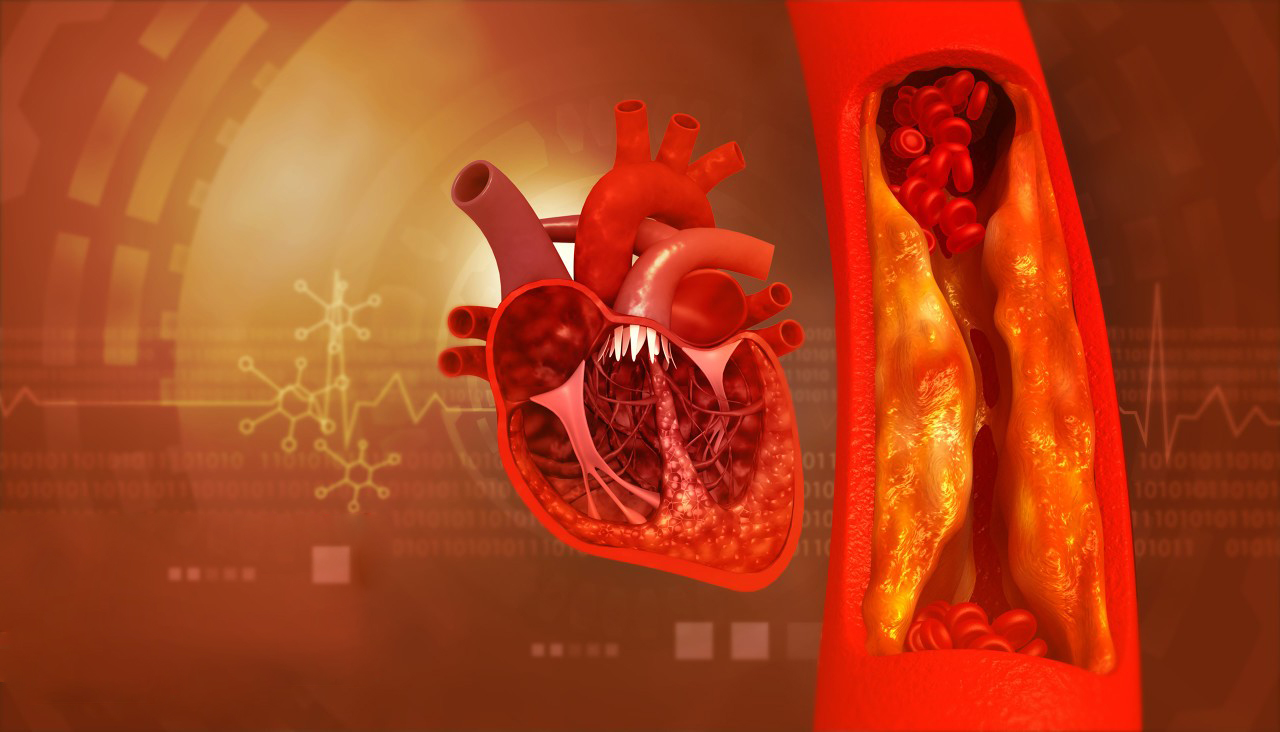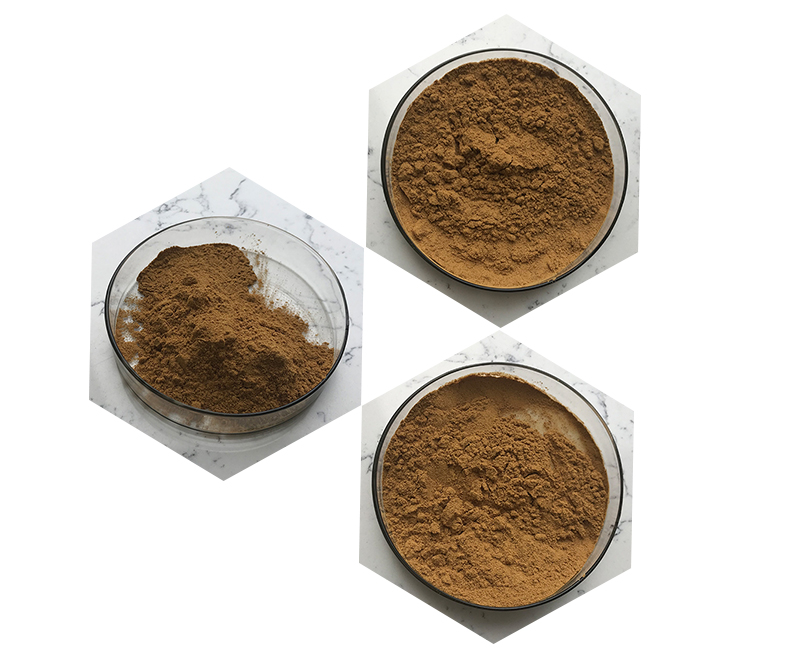Yerba mate extract is derived from the leaves of the Ilex paraguariensis plant, native to South America, particularly Argentina, Paraguay, and Brazil. It’s known for its stimulant properties due to its caffeine content and is traditionally consumed as a tea-like beverage. Here’s a general outline of the materials and methods involved in extracting yerba mate:
Materials of Yerba Mate Extract:
1.Yerba Mate Leaves: These are the primary source material. The leaves are typically dried and sometimes roasted before extraction.
2.Solvent: Common solvents used for extraction include ethanol, water, or a combination of both (aqueous ethanol).
3.Equipment:
Extraction vessel (typically a reactor or an extractor)
Heating and cooling systems (if necessary)
Filtration equipment (to separate the extract from solid residues)

Methods of Yerba Mate Extract:
1.Preparation of Yerba Mate Leaves:
The leaves are harvested and dried to a specific moisture content. Roasting may be performed to develop specific flavors.
2.Extraction Process:
Solvent Extraction: Yerba mate leaves are typically subjected to solvent extraction. This process involves soaking the leaves in a suitable solvent (e.g., ethanol or water) to extract the bioactive compounds.
Maceration: Leaves are immersed in the solvent and left to stand for a period to allow extraction.
Percolation: Solvent is passed through a bed of yerba mate leaves to enhance extraction efficiency.
Parameters of Yerba Mate Extract:
Temperature: Extraction can be performed at room temperature or slightly elevated temperatures depending on the solvent used and the desired compounds.
Time: Extraction time varies but generally ranges from a few hours to several days, depending on the method and solvent concentration.
3.Concentration of Extract:
After extraction, the solvent is typically evaporated under reduced pressure or by other means to concentrate the extract.
4.Purification:
The crude extract may undergo further purification steps to isolate specific compounds or remove impurities.
5.Characterization and Standardization:
The final yerba mate extract is characterized by its chemical composition, typically focusing on caffeine content, polyphenols, and other bioactive compounds.

6.Formulation:
Yerba mate extract may be formulated into various products such as dietary supplements, beverages, or cosmetics, depending on its intended use.
7.Quality Control:
Quality control measures ensure consistency and safety, including testing for contaminants and standardizing active ingredient concentrations.
Overall, the extraction of yerba mate extract involves carefully controlled processes to maximize the yield of bioactive compounds while maintaining product quality and safety. The choice of solvent and extraction method can significantly influence the final characteristics of the extract.
